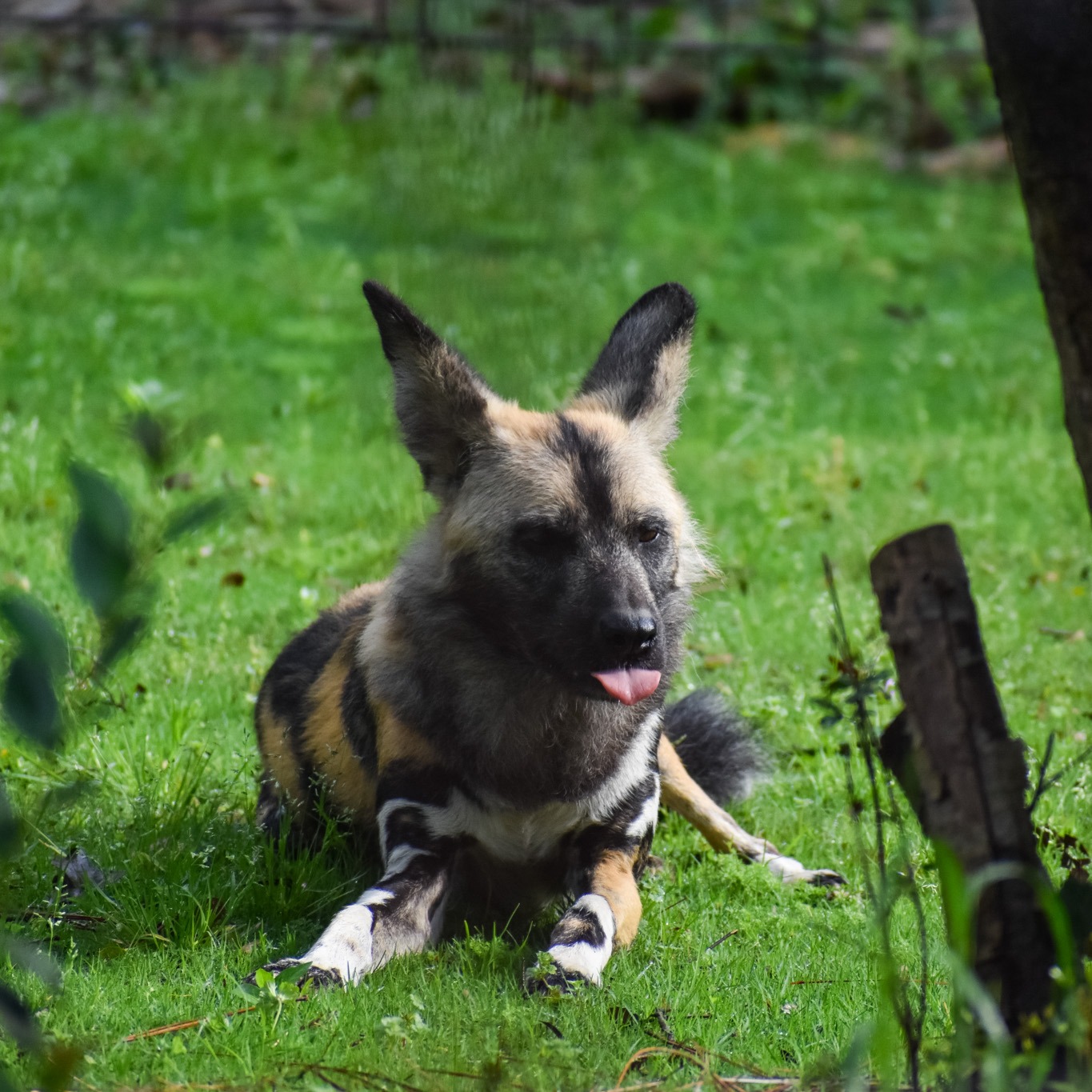- Introduction to Tongue Out Tuesday: An exploration of this engaging social media trend focusing on African painted dogs.
- The fascinating biology and behavior of African painted dogs, including their social structure and communication skills.
- Conservation efforts for African painted dogs: Challenges and successes in ensuring their survival.
- The role of zoos in African painted dog conservation and public education.
- Engaging the public with wildlife through social media initiatives like Tongue Out Tuesday.
Tongue Out Tuesday has become a vibrant social media trend that engages diverse audiences with delightful images of animals showing their tongues. This initiative captures attention and raises awareness for various species, including the charismatic African painted dog. African painted dogs are more than just captivating subjects for these posts; they are complex animals with intricate social dynamics and vital roles in their ecosystems.
African painted dogs, scientifically known as Lycaon pictus, are remarkable canids found in sub-Saharan Africa. They are known for their striking coat patterns, which are unique to each individual, much like a human fingerprint. These animals stand out with their large, rounded ears and lean bodies, making them superb hunters. Their social behavior is one of the most fascinating aspects of their biology. They live in packs, which can consist of up to 27 individuals, led by a dominant breeding pair. Unlike many other social animals, African painted dogs exhibit a cooperative breeding system. Not only do all adults in the pack help raise the young, they also share food, care for injured members, and exhibit remarkable teamwork during hunts.
The communication among African painted dogs is sophisticated, involving a range of vocalizations, body postures, and facial expressions. Whines indicate submission, while growls and barks serve various functions, from coordinating during a hunt to warding off potential threats. Their ability to communicate and work together underlines the importance of social bonds in their survival and success as predators. This intricate social structure and strong familial ties make them particularly engaging subjects for Tongue Out Tuesday posts, capturing their playful interactions and characteristic expressions.
Unfortunately, African painted dogs face numerous threats, making their conservation a critical focus. Habitat loss, human-wildlife conflict, and diseases like canine distemper and rabies have contributed to a significant decline in their populations. Once widespread across sub-Saharan Africa, their numbers have plummeted to fewer than 7,000 individuals in the wild. Conservation efforts are crucial to preventing their extinction. Projects aim to protect their habitats, mitigate conflicts with humans, and manage disease outbreaks.
Organizations like the African Wildlife Foundation and the Painted Dog Conservation work tirelessly to devise effective strategies for their preservation. Anti-poaching units, community education programs, and scientific research play integral roles in fostering successful conservation outcomes. These actions help to maintain existing populations and hopefully expand their geographical range.
Zoos also have an essential role in conserving African painted dogs. Through captive breeding programs and visitor education initiatives, zoos raise awareness about the species’ plight and contribute to genetic diversity and population stability. Collaboration among zoos worldwide helps create a viable safety net for these animals. Public education programs and engaging displays increase understanding and interest in African painted dog conservation efforts.
Social media initiatives like Tongue Out Tuesday further amplify these engagement efforts. By leveraging platforms such as Instagram and Facebook, conservationists and zoos can showcase the playful, endearing aspects of African painted dogs, driving interest and empathy. These posts are not just cute moments; they are strategic educational tools. When audiences interact with these posts, they learn more about the species and how they can contribute to conservation efforts. Engaging with these types of content encourages a collective responsibility towards preserving biodiversity and supporting conservation triumphs.
Ultimately, initiatives like Tongue Out Tuesday highlight the intersection of social media trends and wildlife conservation. They allow the public to connect with wildlife on a personal level, spreading awareness and inspiring actions toward a sustainable future. African painted dogs serve as a symbol of cooperation, resilience, and the beauty of the natural world, bridging the gap between online communities and the wild landscapes these animals call home.
*****
Source Description
Tongue Out Tuesday: African painted dog edition 🐶


